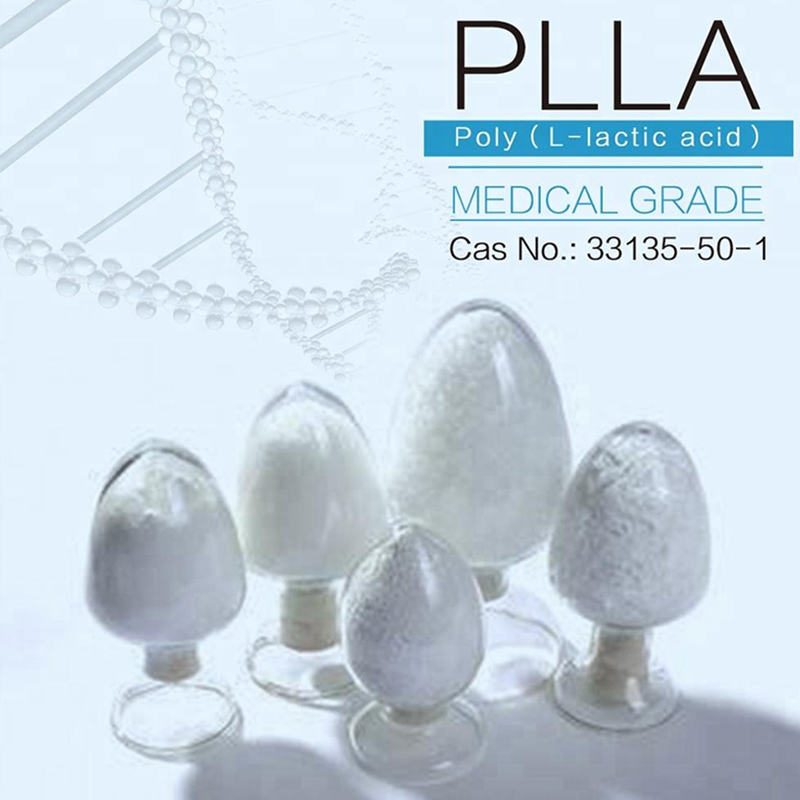Poly L-lactic acid (PLLA) is a biodegradable, biocompatible, and synthetic polymer derived from lactic acid. Due to its excellent safety profile and natural bioresorption, PLLA is widely used in medical, pharmaceutical, and industrial applications, including aesthetic treatments, tissue engineering, sutures, and drug delivery systems.
The CAS Registry Number for Poly(L-lactic acid) (PLLA) is 33135-50-1. It is available as a white powder, with the following specifications:
1. Intrinsic Viscosity: Ranges from 0.30 to 2.25 dl/g
2. Molecular Weight (Mw): Available from 6,000 to 30,000
Each batch undergoes strict quality control, and a Certificate of Analysis (CoA) is provided, detailing the analytical data from our laboratory. Additional analytical data can be supplied upon request to meet specific requirements.
For optimal stability, PLLA should be stored in its original packaging at low temperatures (2-8°C). Under these conditions, it retains its initial properties for at least two years.
We also suppy medical grade PCL/PLGA/PDLA/PDLLA.
Contact us for more details or to discuss customized specifications based on your needs!

Poly L-Lactic Acid Plla,Biodegradable Polylactic Acid,Polylactic Acid Material,Biodegradable Polylactic Acid Plla
Rimless Industry Co.,Ltd. , https://www.rebornplla.com